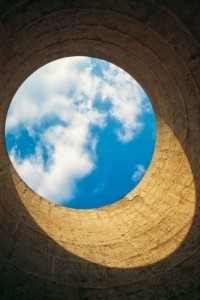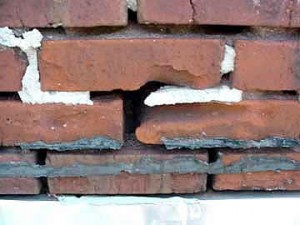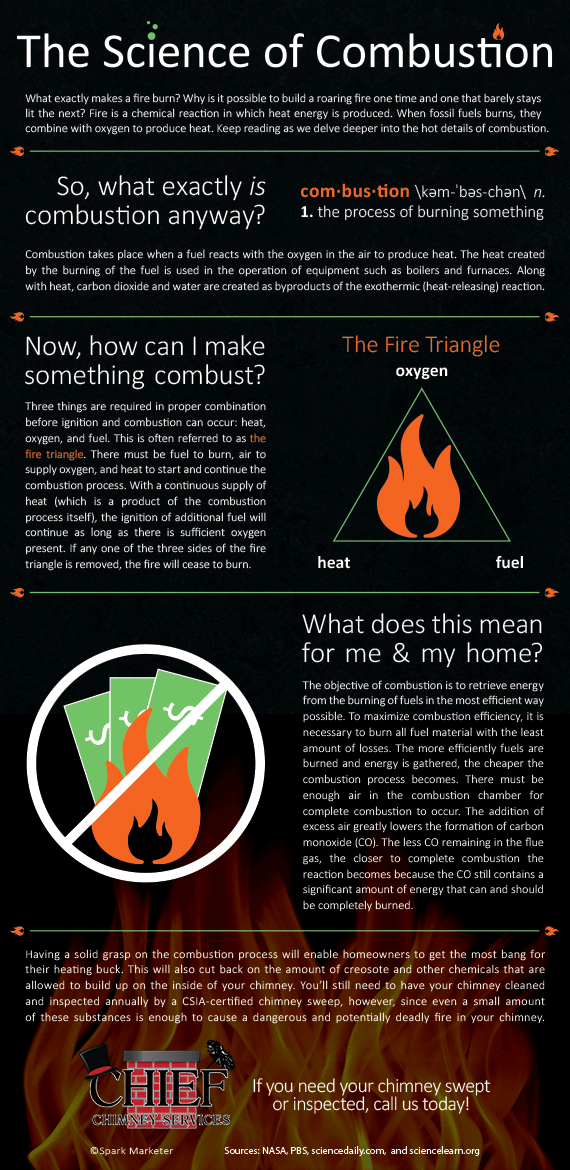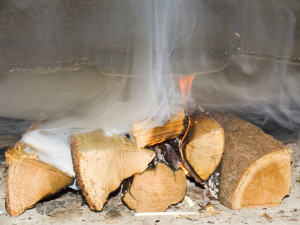Make the Fireplace the Center of Your Home This Holiday Season
The fireplace has long been a focal point of traditional holiday festivities. Gift-exchanges, holiday parties, dinners, and more have been situated at the hearth for many years. This could be because of the traditional folklore about Santa sliding down the chimney and enjoying milk and cookies next to the fireplace, or it could be that the family just loves the ambiance of fireside festivities. The fireplace is such a traditional backdrop for festivities that many television providers even have a fireplace channel for families without a fireplace!
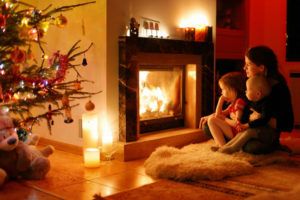 Your Holiday Backdrop
Your Holiday Backdrop
You can have the perfect backdrop for your holiday festivities this season simply by using what you have. Odds are you have worked very hard to create the perfect fireplace in your home, so it really is the best backdrop for all of your parties, dinners, and Christmas movie nights with the family. With beautiful decorations and a clean hearth, your fireplace can also be the perfect backdrop for family photos.
At Chief Chimney Services we know the most important thing this season is family.
Because of our extensive training and experience we have some suggestions to keep your family safe and comfortable this season:
- Decorate the mantel safely. Your certified chimney sweep is able to tell you if chimney decorations are safe above your mantel. This can depend on the original construction of the chimney (if the correct materials were used), and whether or not there is damage to the flue liner, which can allow dangerous heat to affect decorations.
- Don’t let your tree become a fire hazard. If you decorate with a Christmas tree it’s best to place it across the room from the fireplace opening, stove, or appliance. Positioned so that it won’t reach the flame in case of an accidental fall is the best place for it—especially if you have pets or small children that might pull the tree down.
- Keep stockings, lights, and garland away from the fire. It’s common for decorations to be placed on the hearth itself, as well as stockings hanging from the mantel. This is acceptable, but stockings should be removed from the mantel while the fireplace is in use. Also garland and other decorations should be secured so that nothing falls into or near the fireplace opening.
- Practice fire safety and set rules for children and guests in your home. Children should never be left alone while a fire is burning. Also, branches and needles from a live-cut Christmas tree should NEVER be put into the fireplace. These are often too light and can cause sparks and can possibly damage the chimney flue.
Stay Safe This Holiday Season
When you have your dream fireplace it makes sense to enjoy it through the holiday season. Make sure it’s ready to work for you! When your chimney is clean it will be more efficient and safe. Don’t put your family’s safety or comfort at risk by burning a fire in a dirty or damaged chimney. Chief Chimney Services has expert technicians available through the holiday season for chimney sweeps and inspections.
Call us now and we can do our part to make your holidays merry and bright!

